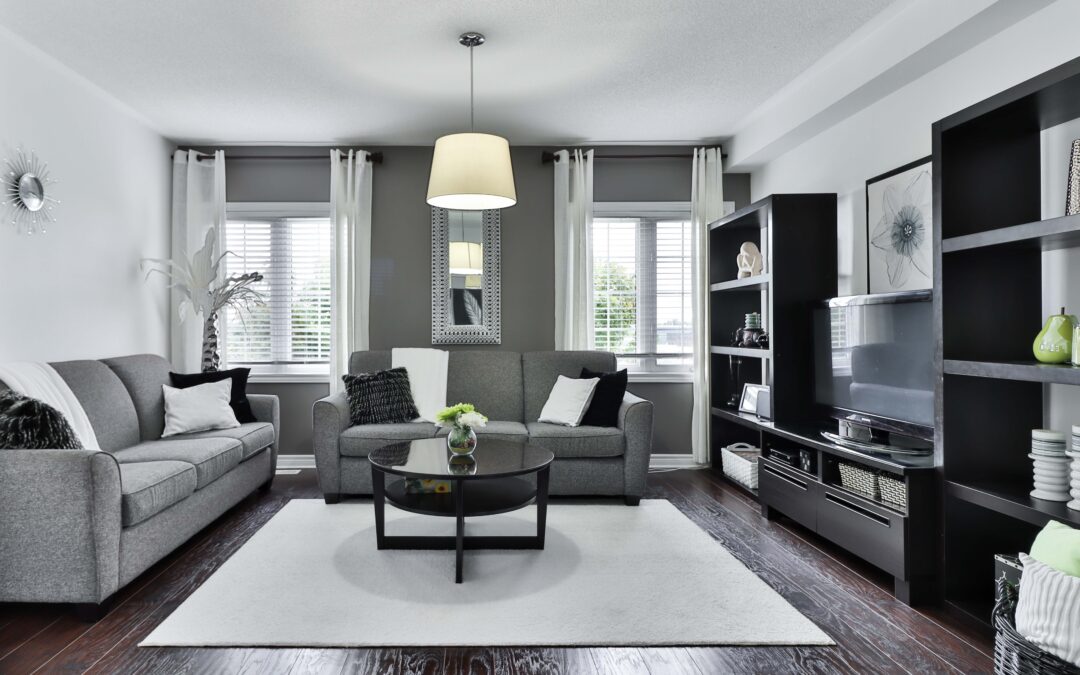If you’ve read my previous blog posts, watched Marie Kondo on Netflix, or explored the lifestyle-changing magic of KonMari to some degree, you know that comprehensively and permanently getting rid of clutter helps “spark joy” and positions you to live a more ideal and stress free lifestyle.
But exactly what is clutter in your home? And how are your living spaces transformed when you deal with it?
Realizing that many people don’t “see” clutter for what it is—meaning they don’t recognize often overwhelming amounts of “stuff” as clutter—it makes sense to break it down.
The bookend to deconstructing what’s in the house into categories involves showing how liberated living rooms, bedrooms, bathrooms, kitchens, and closets set the stage for new possibilities because they will suddenly honor home design best practices like feng shui.
But let’s focus on clutter first and start with the big picture.
It’s such a paralyzing impediment to free and easy modern living that there are even TED Talks and columns taking on the issue of clutter. One published earlier this year suggests clutter can be parceled into five principal categories—physical clutter, mental clutter, digital clutter, emotional clutter, and spiritual clutter.
In recent blog posts, I have explored the opportunity to cleanse how you live day-to-day, how clutter prevents us from enjoying prime seasons like summer and fall, addressing mental clutter, and how proper self-care is the key to choosing joy.
Here I want to explore the most obvious form of clutter—physical clutter—in more detail, because when you deal with it first you earn the confidence that sets you up to more easily confront and conquer all other types of clutter.
A World of Feng Shui column on clearing away clutter breaks physical clutter down into some primary, recognizable categories:
- Visible clutter like piles of newspapers, magazines, unsorted mail …
- Nostalgic clutter; say old school papers and greeting cards …
- Bargain clutter, or things you have because they were a good deal …
- Mistake purchase clutter; you acquired it, you’re not sure why, but …
- Freebie clutter; the things people “unloaded” on you …
- Wardrobe clutter; no explanation needed.
Other sources like a column on houzz.com get more micro in assessing types of physical clutter, adding categories such as books you read and didn’t like, old spices, unloved toiletries, and VHS movies.
 All of these breakdowns fit somewhere within the overarching categories addressed in KonMari tidying and decluttering—which proceeds by category, not by room, and in this order:
All of these breakdowns fit somewhere within the overarching categories addressed in KonMari tidying and decluttering—which proceeds by category, not by room, and in this order:
Clothing
Books
Papers
Komono (items we store in our bathroom and kitchen closets, drawers, cabinets, etc.)
Sentimental items
A successful decluttering undertaken in these essential categories will prove long-lasting, thus imparting confidence that enables you to maintain your new lifestyle and help others within the home spark their joy as well.
One reason why this works is that KonMari decluttering naturally creates proper feng shui in your living spaces. For those who don’t know, in the most simple sense, feng shui involves arranging things in living spaces in a way that creates harmony and balance between us and our environment.
“Nothing brings better feng shui than a well-ordered household. Returning to a home that is visibly well-organized and free of clutter soothes the soul, lightens your energy and gives you such a good feeling that you wonder why you do not make more of an effort to clear clutter on a more regular basis,” the World of Feng Shui column says.
It’s good advice, though with one critical caveat. The goal shouldn’t be inspiration to clear away clutter on a regular basis because the rigor of the KonMari Method dispatches clutter effectively and permanently if done correctly. After comprehensive tidying, you can happily switch over to daily maintenance—like opening and dealing with the mail every day—to preserve the happy status quo of the “spark joy” momentum you have so deservedly earned.
Time to Take Action?
As the Sage of Interiors and a Certified Gold KonMari Consultant I help people improve their lives and lifestyles through the power of KonMari tidying and decluttering, and as The Tidy Lifestyle Doctor, I guide larger lifestyle transformations by also summoning my 30 years of experience as a Chiropractor, Reflexologist, Reiki Master Practitioner, and Acupuncturist.
Email me at [email protected] or call (203) 772-8883 to learn more, or see my Packages & Rates page, as well as reading the reviews of clients.
